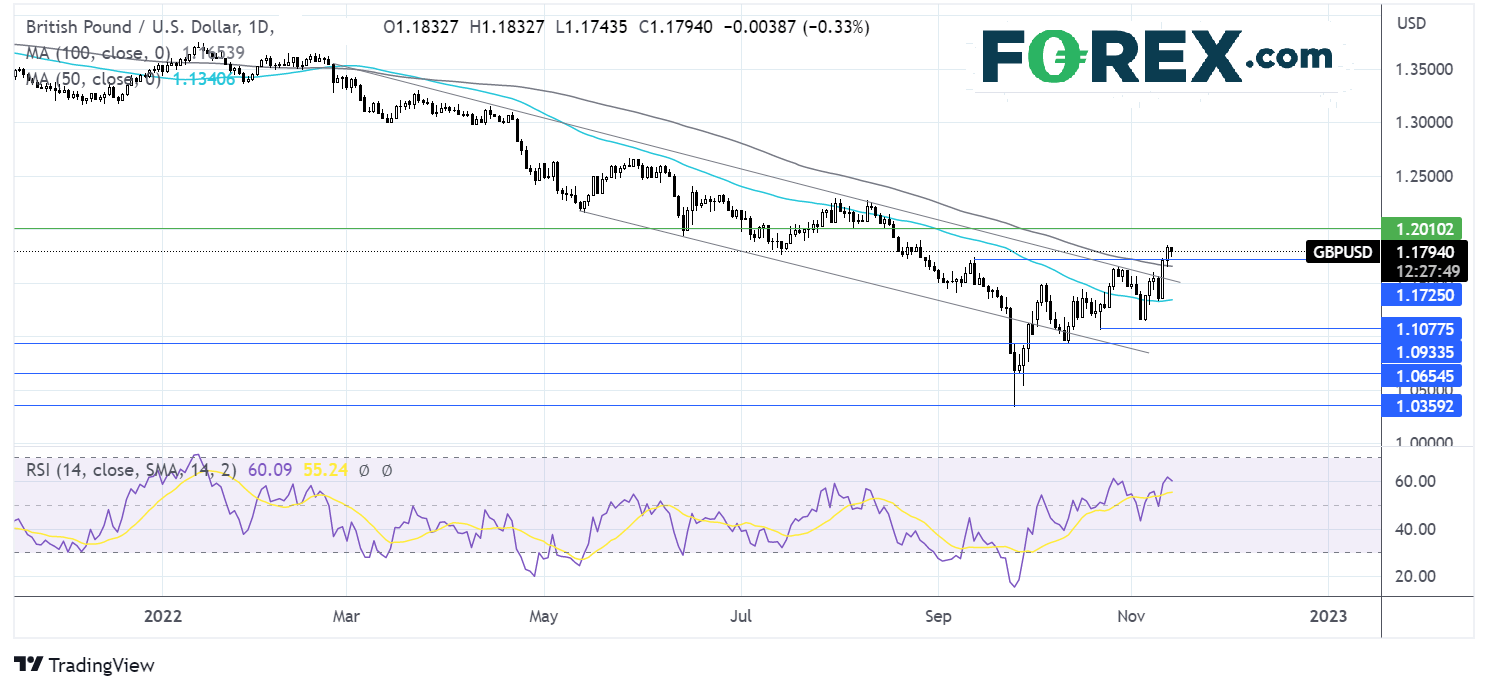
When is the Autumn Budget?
Chancellor Jeremy Hunt is expected to unveil the Autumn Budget on 17th November at 12:30.
The background
The ‘new’ UK government led by prime minister Rishi Sunak will outline its vision for the country’s finances when chancellor Jeremy Hunt delivers the delayed Autumn Statement on November 17.
The primary aim is to plug a massive hole in the budget worth tens of billions of pounds and outline a path to reduce the country’s debt in order to get the UK’s finances back on track following the disastrous mini-budget unveiled by Liz Truss and Kwasi Kwarteng in September, which rocked financial markets and forced most of their new policies to be abandoned just over a week later. But it also needs to cater to the public as people struggle with the rising cost of food, energy, and accommodation.
Importantly, this budget will be supplemented with the latest economic forecasts from the Office for Budget Responsibility (OBR), which should provide more clarity after they were missing from Truss and Kwarteng’s mini-budget.
The budget will come hot on the heels of news that UK GDP, which measures the size of the economy, contracted 0.2% in the third quarter. That has ignited recession fears considering economists expect the economy to shrink again in the fourth quarter. The Bank of England, which made its biggest hike to interest rates in 33 years earlier this month despite flying blind in absence of a budget, has warned the UK could be facing its longest recession on record of up to two years and that unemployment could double as a result. Although the central bank is actively trying to slow the economy down to bring down inflation, it provides another challenge for the Treasury.
Ultimately, the funding shortfall must be plugged through either higher taxes or reduced spending – or, more likely, a combination of both. Hunt has warned ‘there are no easy options and we will need to take difficult decisions on tax and spending’ to stabilise and grow the economy. The tone from the current government is one of caution and prudence, which is in stark contrast to the mini-budget that was unsuccessfully designed to reinvigorate growth.
It is worth noting that, given the collapse in support for the Conservatives in recent months and an election looming in 2024, the government is now treading a tightrope between fiscal responsibility and election-winning policies, although the focus is currently on the former in hope that stability can win them votes. It looks almost impossible to avoid a recession, so the job is to make it as shallow as possible so they can point toward an economic rebound during the campaign season.
What could be in the statement?
In short, spending is likely to be cut, and taxes go up. Let’s take a closer look:
Tax rises
Benefits and pensions – will these go up in line with inflation? Will the government stick to the triple lock? So far, Rishi Sunak hasn’t confirmed this.
CGT & dividend taxes – These could be lifted, which would be a blow to business owners who pay themselves dividends rather than salaries. Small business form the basis to the UK economy so this could be widely felt.
Income tax – The government could freeze the levels of tax rates will be frozen which could see many people being drawn into the net higher tax rate.
Windfall taxes- The government could increase taxes on the profits of energy companies.
Social care- the cap on social care costs could be delayed
Spending cuts
No sector is safe. Public spending cuts are expected to impact almost all areas of the public sector including education, the police. However, the NHS is expected to be safe.
Market impact?
GBP/USD
The pound is often closely watched on budget day, with its moves reflecting the outlook for the UK economy. While the pound has risen firmly from the Liz Truss record lows, the sterling could struggle to make further headway.
The measures put in place by the Chancellor will add to the squeeze that households are already feeling. With inflation elevated, interest rates rising, and tightening fiscal picture; the statement could well be a catalyst for sending the sterling lower. The recent rally in GBP/USD, up over 3% across last week, has been a US dollar story. The outlook for the UK is gloomy and could deteriorate further as the Chancellor looks to adopt measures that are likely to limit discretionary spending further and potentially prolong a recession..
The pound is also likely to keep a close eye on the OBR’s forecasts which are expected to make for grim reading. How similar will they be to the BoE’s forecast? In November’s forecasts, the UK central bank sees GDP contracting -1.5% in 2023 and -1% in 2024. Inflation is expected to peak at 11% this quarter before starting to fall midway through 2023. The 2023 average inflation forecast is 5.5%, and 2% in 2024.
A grim outlook could pull GBP/USD back towards 1.15 and back into the multi-month falling channel. Any push higher in GBP/USD is likely to be a dollar story.

Stocks
The statement is unlikely to be positive for many sectors of the market.
Energy stocks -Any mention of higher windfall taxes could impact energy firms on the FTSE, which have enjoyed a solid run higher across this year but have fallen away from year-to-date high.
Retailers, which have struggled this year amid higher energy prices, rising wages, and surging costs, could come under further pressure as the squeeze on the consumer intensifies.
Housebuilders’ recent Q3 results have shown us that cracks are appearing in the housing market. Cancellations are rising and prices are forecast to fall anywhere between 8%-20% over the coming year. The Chancellor is not expected to help the housing sector. Dire OBR forecasts, particularly a high inflation forecast, could drag housing stocks lower.



